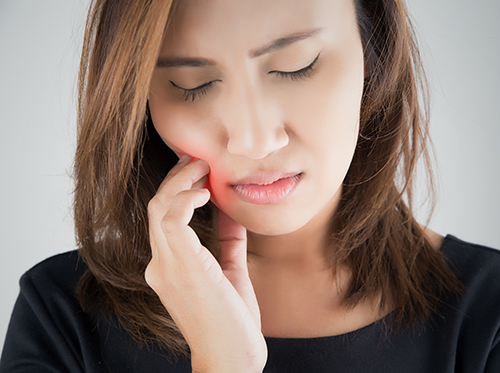Can sealants benefit you?
August 2nd, 2023

Molars are difficult to reach when brushing your teeth because they’re full of crevices, caves, and pits that can provide the perfect environment for decay. Sealants are the perfect fix for this.
Sealants are a plastic-like protective solution that bond to the edge of the tooth. The treatment protects you against cavities and could save you from complicated dental issues in the future.
The process for placing sealants is painless and quick. First, Dr. Jeffery Spahr and Dr. Janna Spahr will clean the tooth with a baking soda spray. An acid etch is applied in order to “roughen up” the surface of the tooth and re-mineralize the area. The area is dried with an alcohol-based liquid and the sealant is placed on the grooves of the tooth. A special light then hardens the liquid into a plastic-like material.
Although sealants can last several years, they need to be examined semi-annually to check for breakage. Any cracks or breaks in your sealant can put your tooth at high risk for decay, and repair of sealants is a quick and painless task.
Children often receive sealants, but people of all ages can benefit from them. Adults who have especially deep canyons on their teeth are good candidates for sealants.
An investment in dental sealants can prevent tooth decay and complicated dental problems later on. It’s a no brainer! Call our Lincoln, NE office today to speak with us about getting sealants on your teeth.





